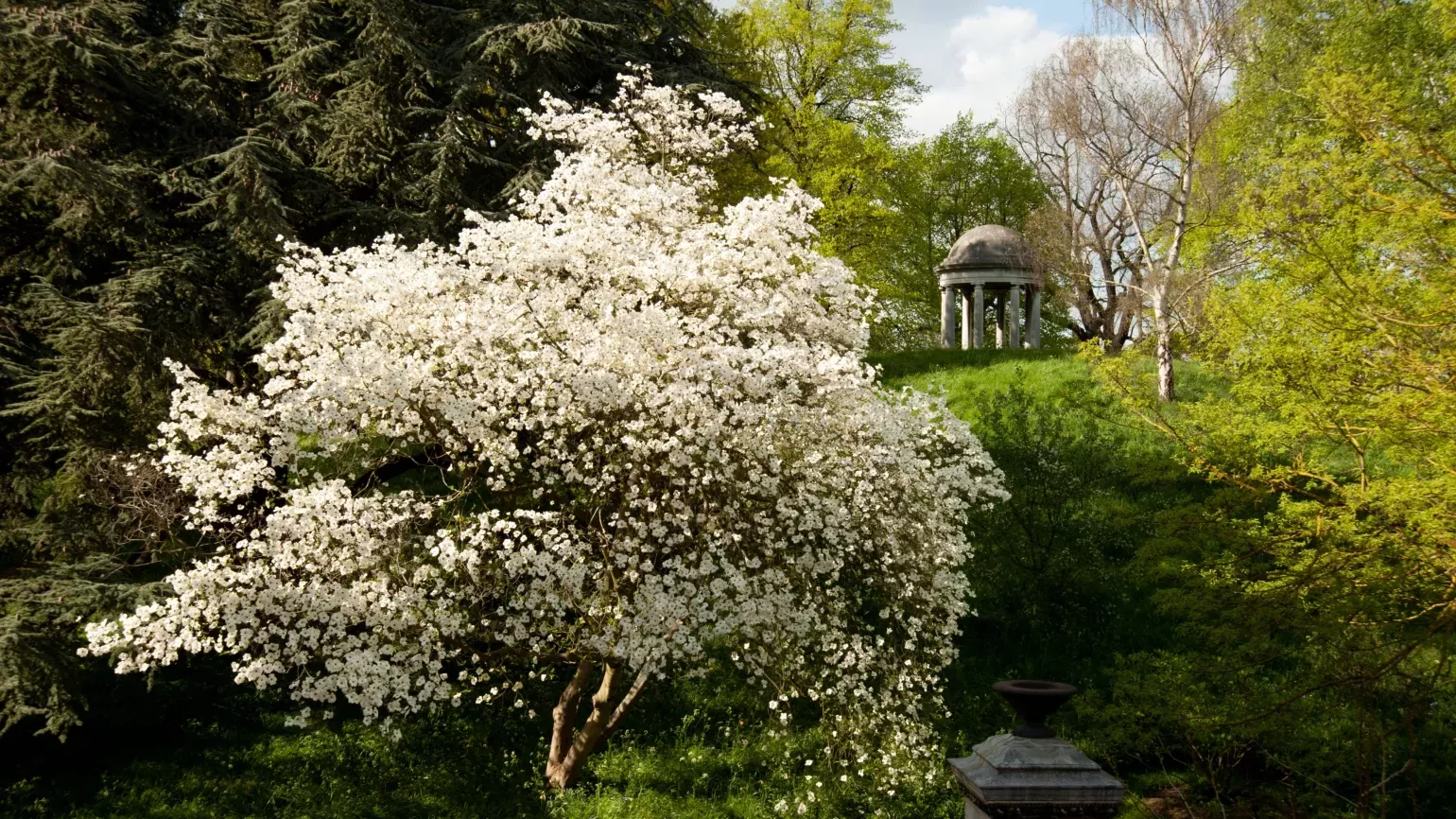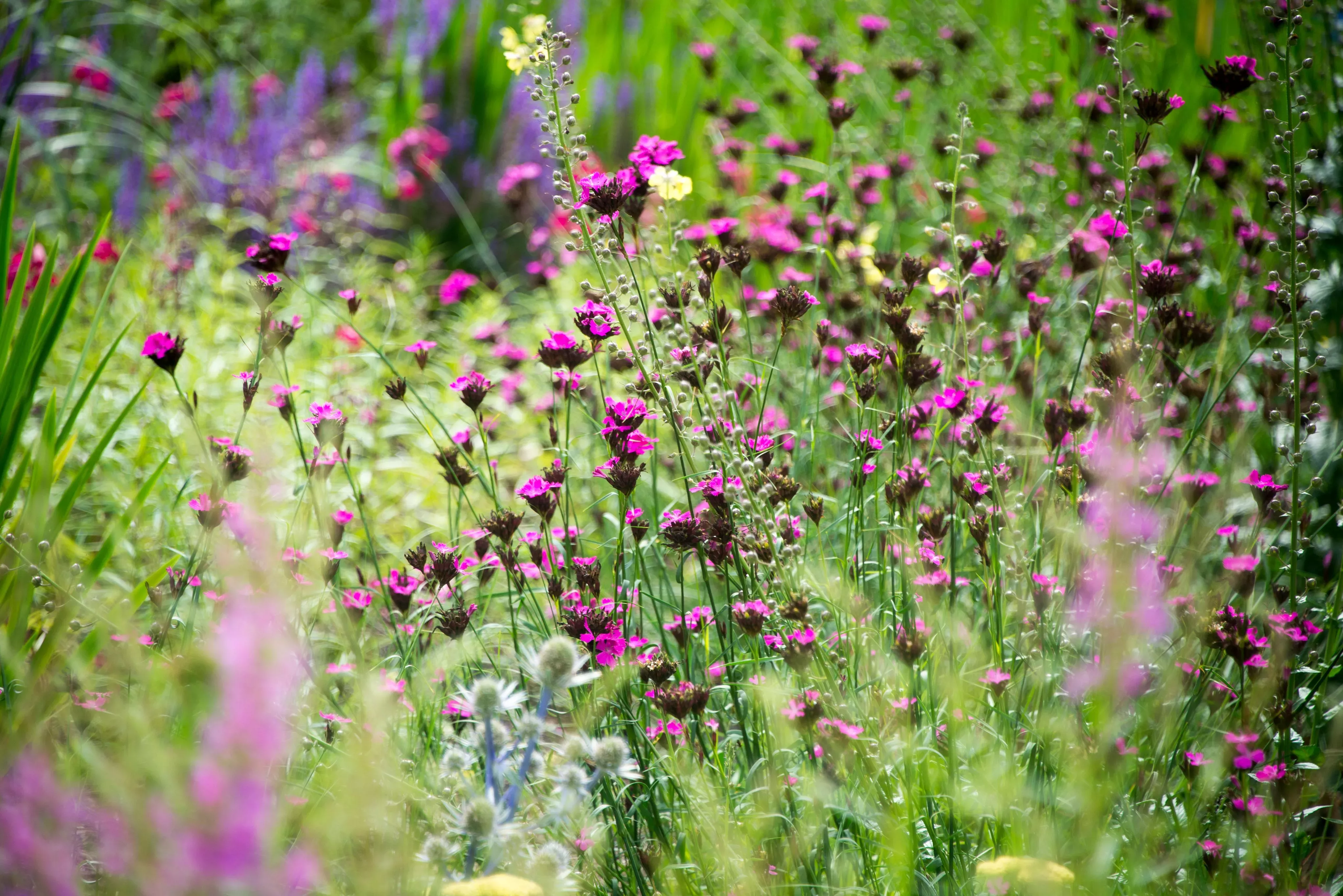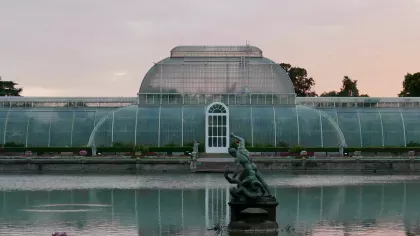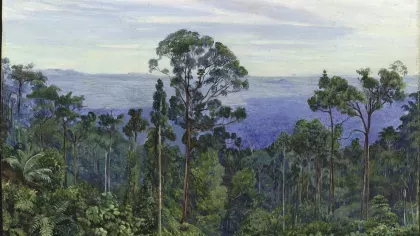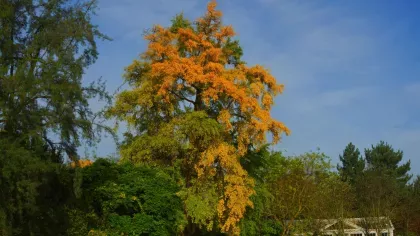15 May 2020
Kew's secret gardens
Secret gardens, tucked away hideaways and quiet corners. We reveal our favourite hidden spots at Kew Gardens.

From a Mediterranean oasis to elegant planted beds, take a tour of our off-the-beaten-track Gardens across our 300-acre site.
Each with their own identity and unique planting style, they are home to plants from our diverse collection of 50,000 plants from across the globe.
Mediterranean garden
Planted in 2007, this hidden garden is designed to highlight the uses and value of Mediterranean plants.
Sun-loving trees like stone pines (Pinus pinea) and Italian cypress (Cupress sempervivens) line stony paths, and popular Mediterranean herbs like rosemary (Salvia rosmarinus) and lavender (Lavandula lanata) fill the air with fragrance.
Star plants include the incredible cork oak (Quercus suber). This tree produces the material you find in wine corks, musical instruments, and sports balls.
Cork is produced from the bark, which is stripped off. The tree can regenerate its spongy bark and can be stripped on a regular cycle without doing any harm and it can go it's around 200 years old.
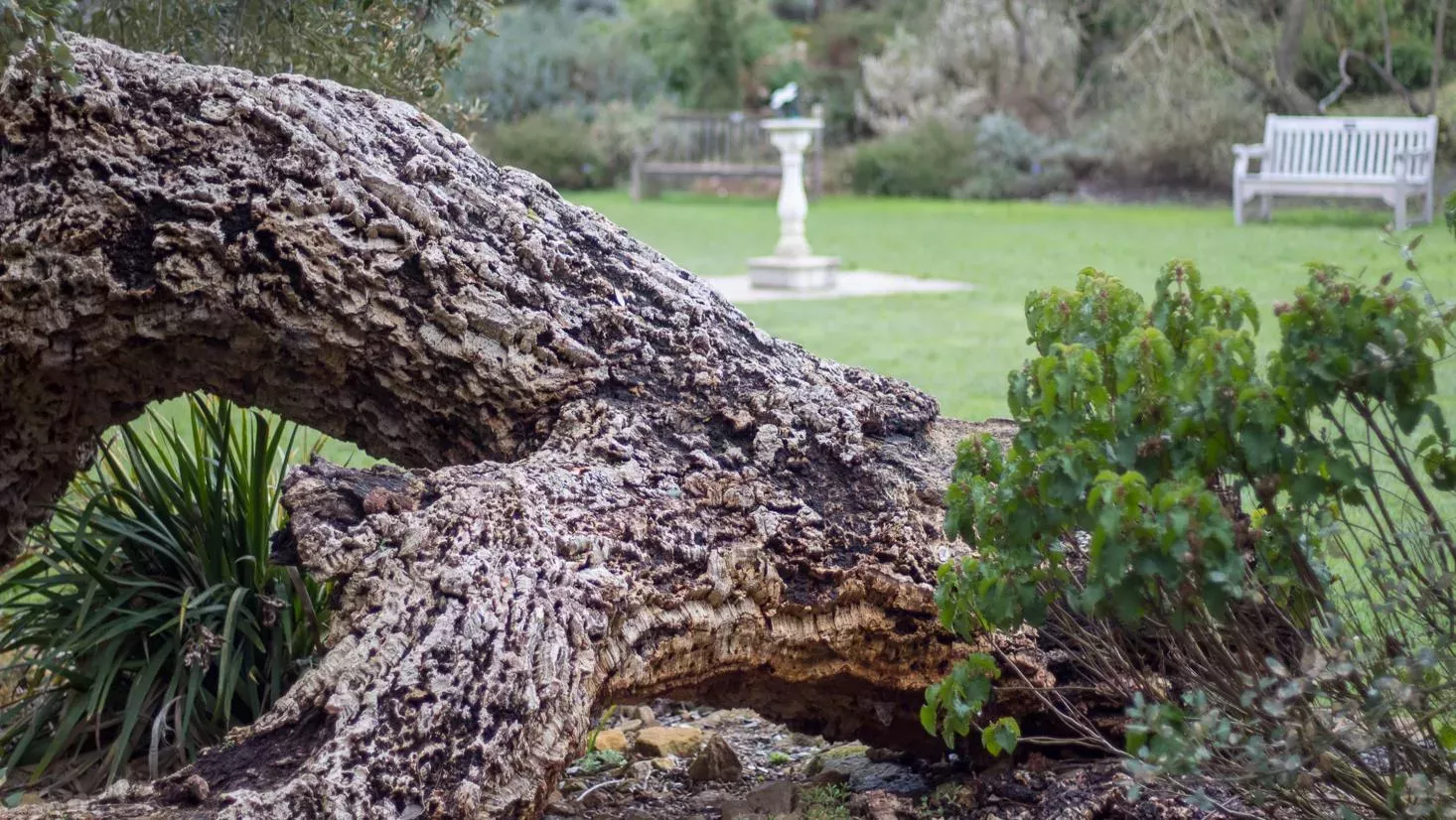
Another highlight are the elegant silver-grey Tuscan olive trees (Olea europaea). The olives love the sandy soil at Kew Gardens, and many of the olive trees here are over 100 years old.
Today there are thought to be around 1,000 million olive trees in the world. 90% of all olives are produced in the Mediterranean, which is the regions' most versatile and valuable crop.
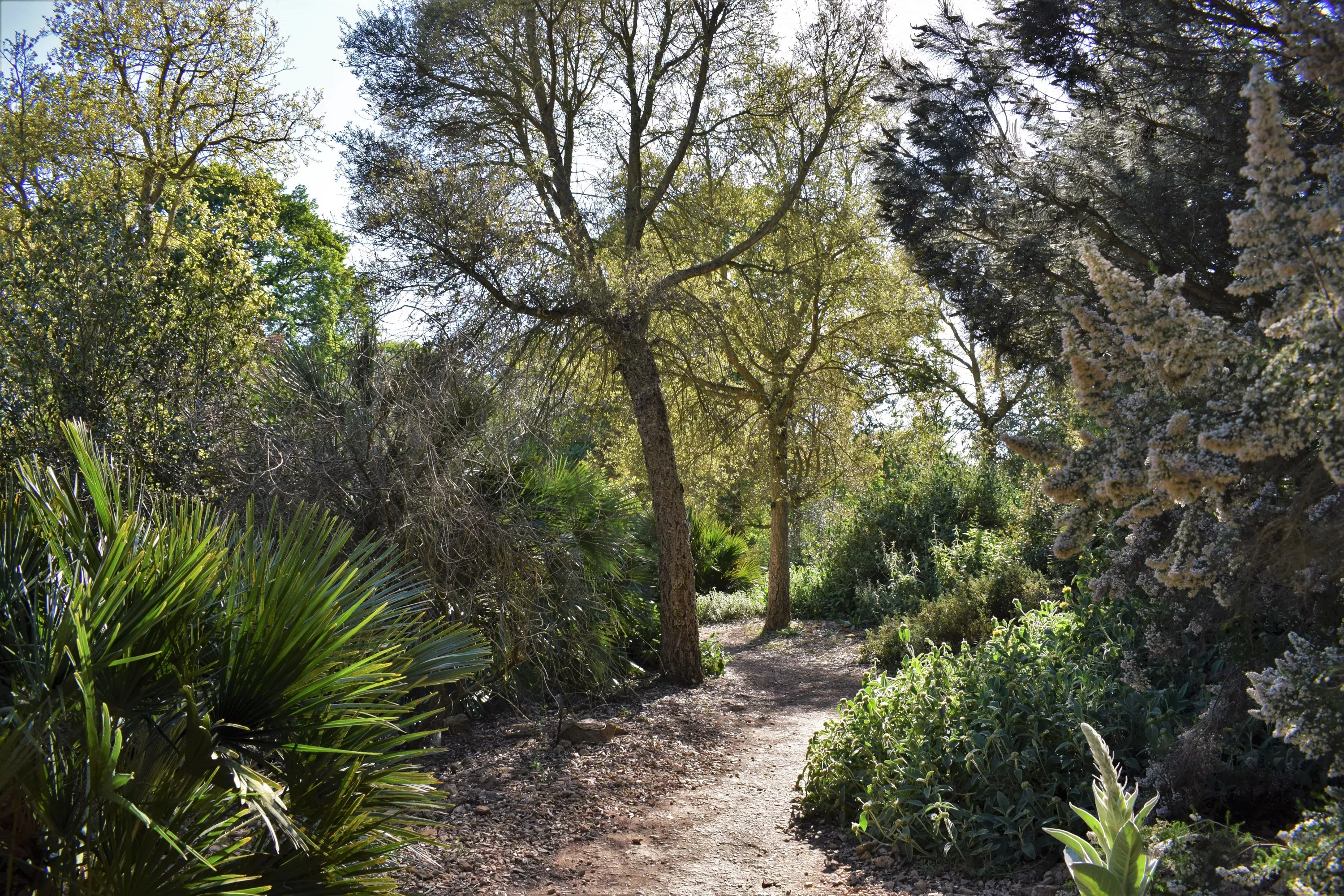
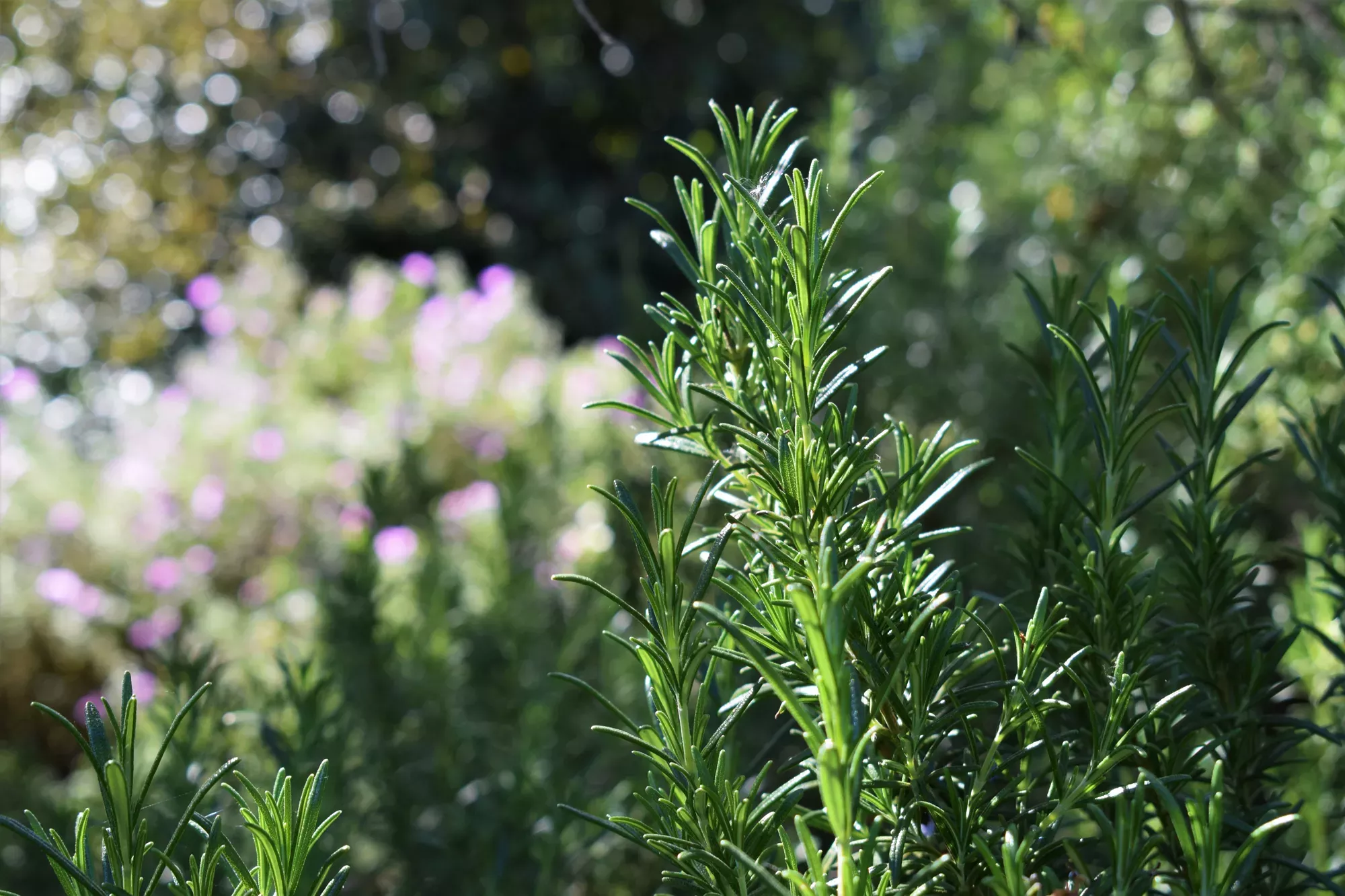
The Natural Area
Tucked away by the River Thames, this far flung spot is often forgotten. You can amble the wilder side of Kew away from the more popular parts of the Gardens.
This area of woodland was donated to Kew by Queen Victoria on the condition that the area would be kept in an untamed state. To continue that promise the Natural Area has been left to grow wild to showcase Britains' trees and woodland flora.
Deep in this quiet part of Kew Gardens, you can traverse our Woodland Walk; a raised trail that winds around the Natural Area and is lined by wildflowers, silver birches and majestic yew trees.
Away from the crowds, the Natural Area is absolutely buzzing with wildlife. You can spot butterflies, dragonflies, and woodland birds like woodpeckers and blue tits.
Japanese Landscape
This tranquil garden is home to a host of Japanese plants and is the perfect hidden picnic spot.
Throughout spring the Japanese Landscape is a vision of pink cherry blossom, and in summertime the beautiful Japanese anemone (Anemone x hybrida) burst into bloom.
Highlight plants of the garden include the unique balloon flower (Platycodon grandifloras). It has buds that resemble balloons which open into cup-shaped blue flowers.
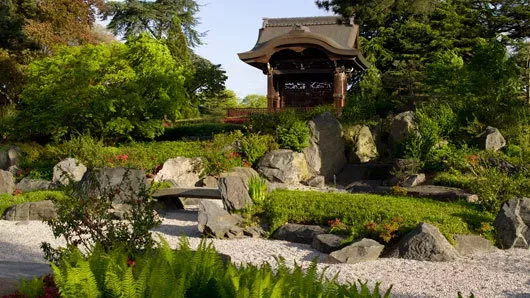
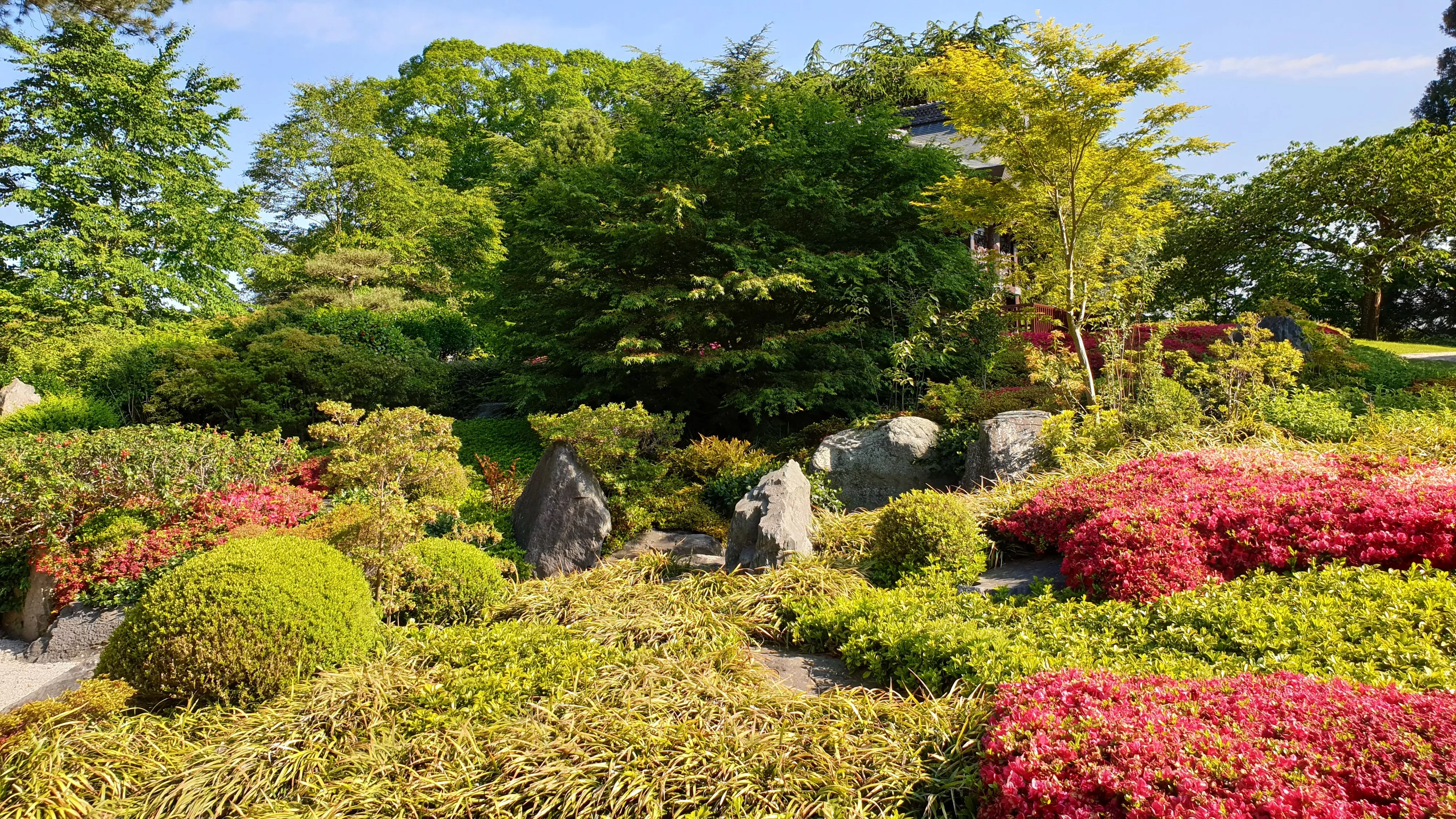
The Japanese landscape combines three gardens, a Garden of Peace, a Garden of Activity, and a Garden of Harmony. It's the perfect corner for quiet reflection and contemplation.
Each section of the garden has a different style. The Garden of Peace evokes a traditional Japanese tea garden, whereas the Garden of Activity symbolises elements of the natural world.
Blending the two different themes, the Garden of Harmony symbolises Japan’s mountain regions with large rock displays.
Watch how gravel is carefully raked to resemble flowing water in the Garden of Activity.
Bamboo garden
From panda food to furniture, bamboo is a versatile and well-loved plant so it should be no surprise that we've got a whole garden dedicated to it.
Black bamboo (Phyllostachys nigra) was the first bamboo species to arrive at Kew in 1826. As Kew's bamboo collection grew, it moved to its current location in 1891.
Our horticulturalists went on bamboo-collecting expeditions to Japan in the 1990s to collect both living and preserved specimens for Kew's collections.
The garden is now home to 130 bamboo species. The majority of our bamboos are from China, and we also have species from Japan, Taiwan, Chile and Northern India.

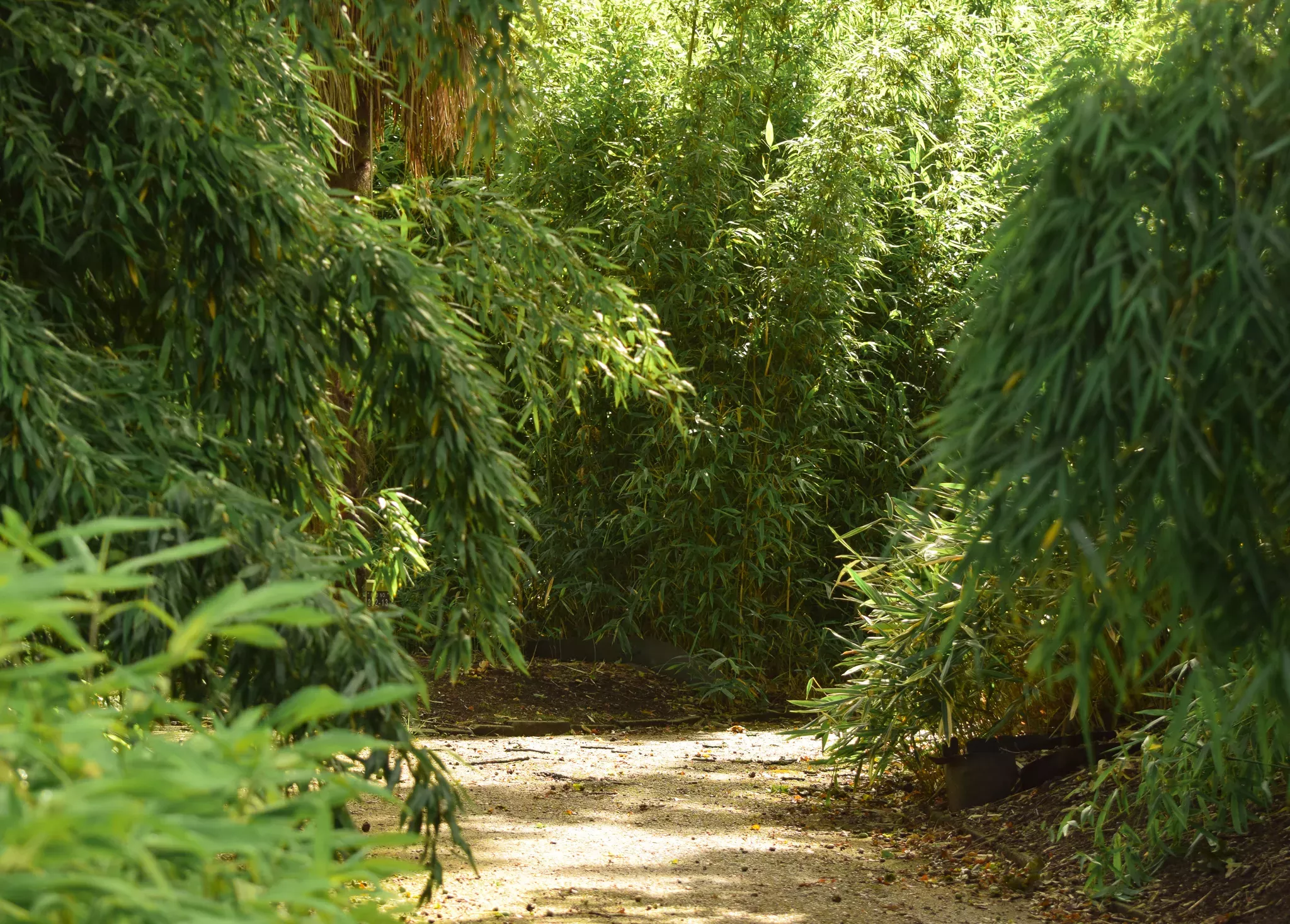
Queen's Garden and Duke's Garden
Easily missed, these elegant formal gardens are steeped in history and celebrate a more traditional planting style.
The Queen's Garden was designed to complement Kew Palace, and is dedicated to the plants and architectural styles of the 17th century.
Plants such as cotton lavender (Santolina chamaecyparissus) flourish here and the laburnum arch is a bright highlight in May and June. It blooms golden yellow and creates a stunning walkway.
The garden features a number of stone ornaments, including a Venetian wellhead and a marble satyr which are some of the oldest sculptures at Kew.
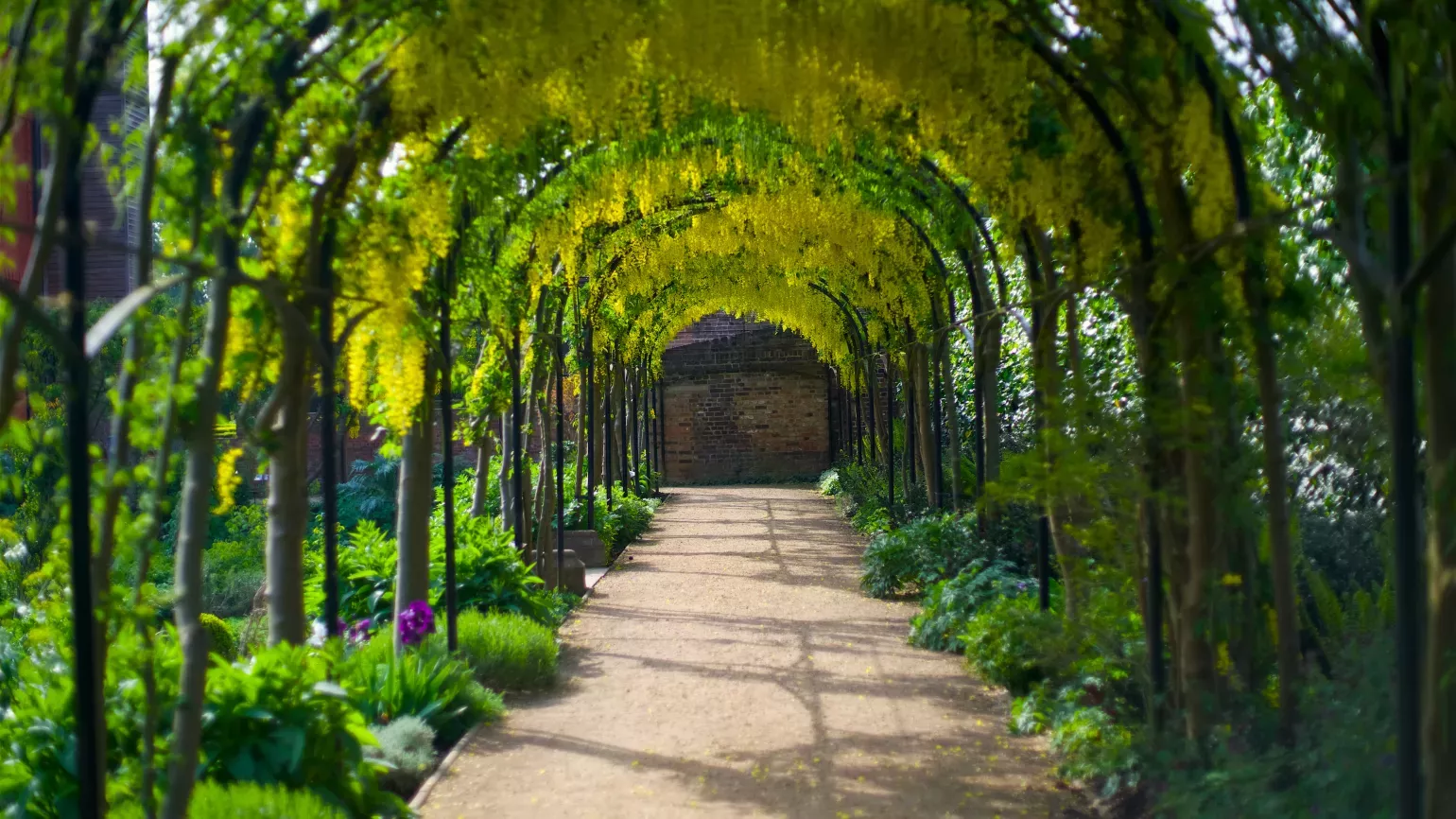
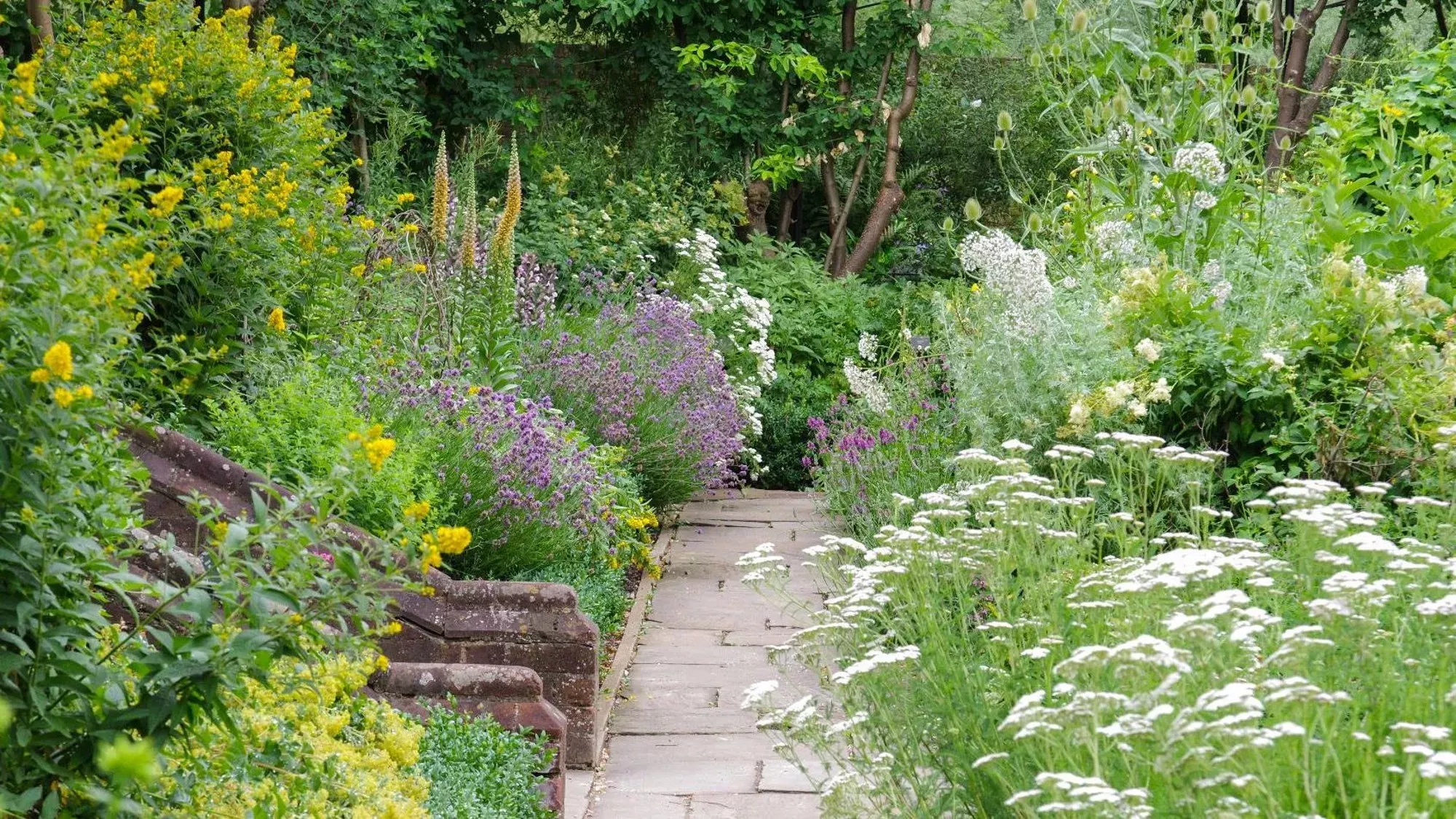
The peaceful Duke's Garden is one of the lesser known corners of Kew, tucked away next to Cambridge Cottage.
Cambridge Cottage was the formal royal residence of the first Duke and Duchess of Cambridge in the 1800s. The walled garden was owned by the household and is where the garden gets its name today. It's a delicate collection of plants that nod to the heritage of the building.
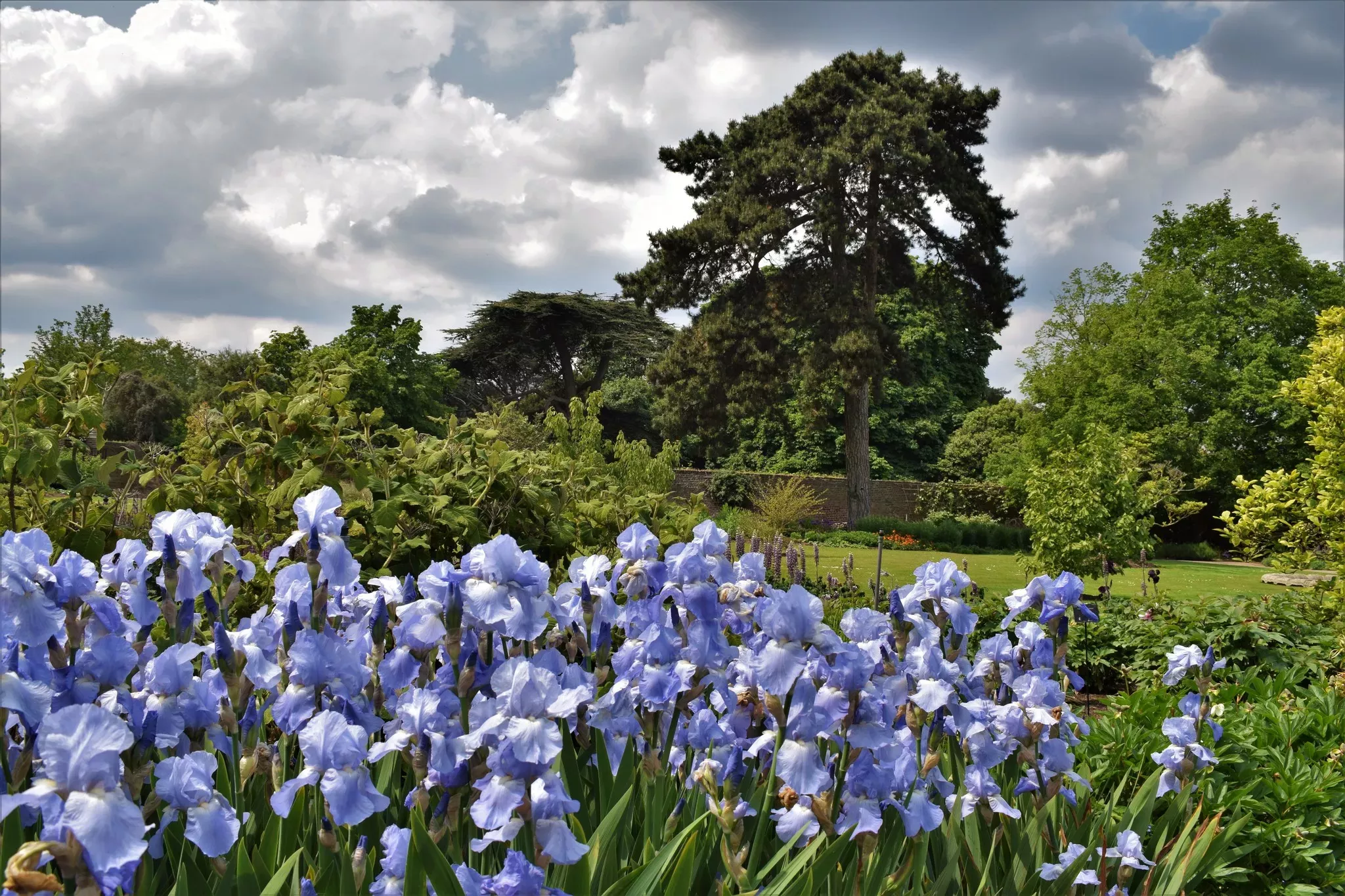
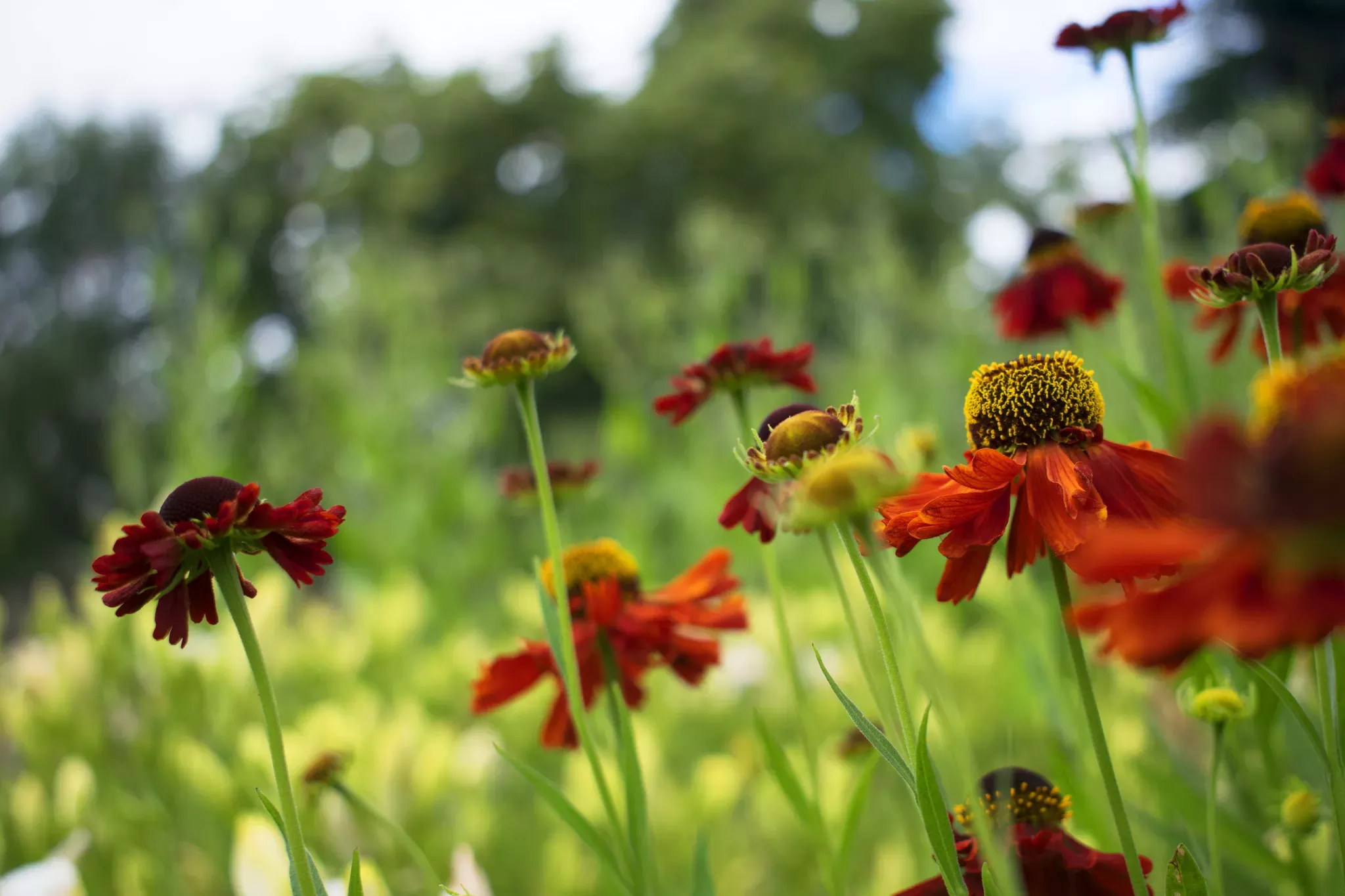
Rhododendron Dell
Showcasing our stunning collection of rhododendon, this hidden dell looks best in April and May.
Sir Joseph Hooker brought back many new specimens of rhododendron from his travels to the Himalaya in the mid-19th century.
You can still see some of Hooker's species of Sikkim Rhododendrons, putting on one of the Gardens' most colourful spring displays.
Wandering through this magic dell at peak season, you might see the true seasonal star; the beautiful pink-flowered Rhododendron kotschyi, from the Carpathian and Balkan mountains.
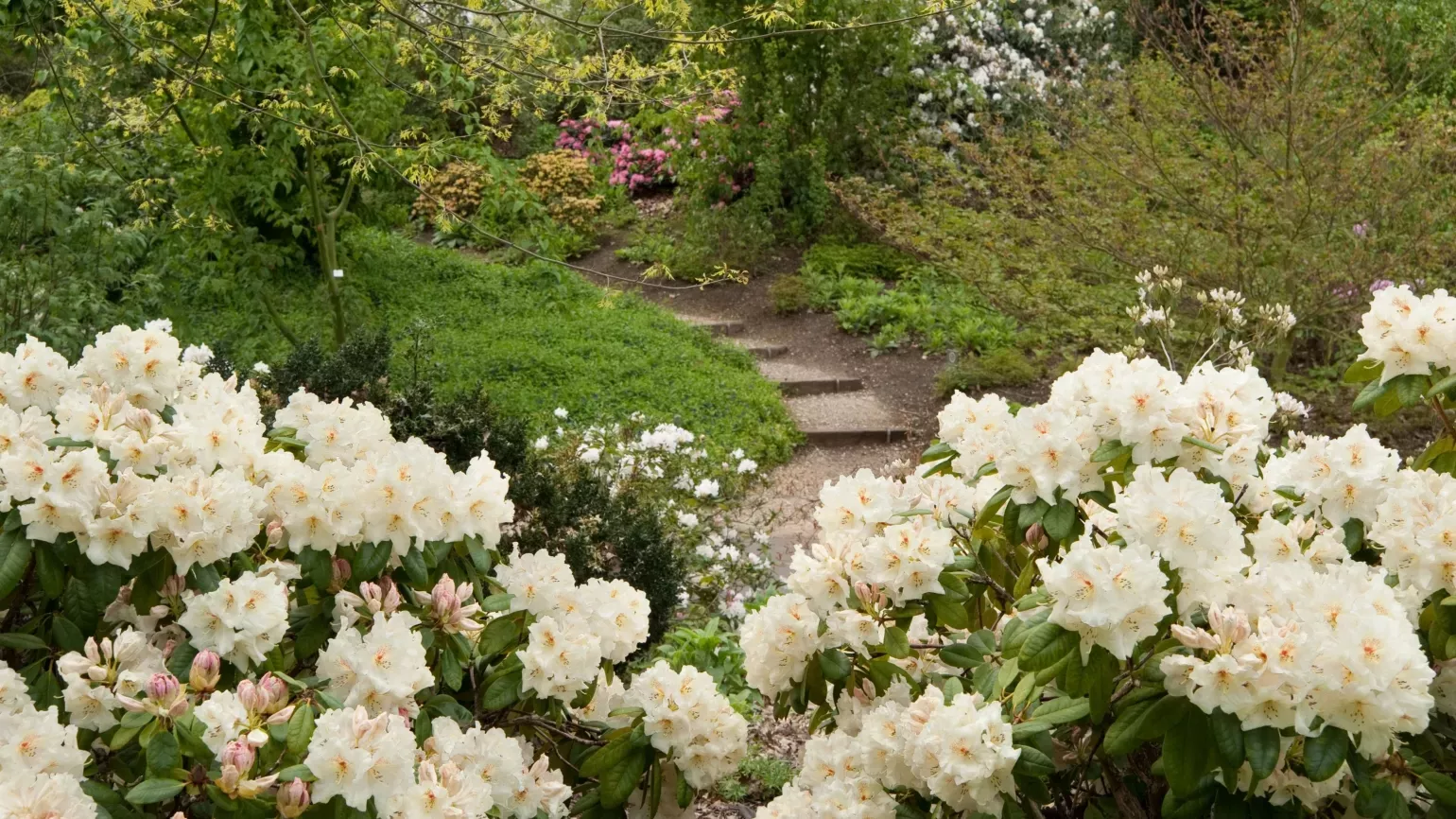
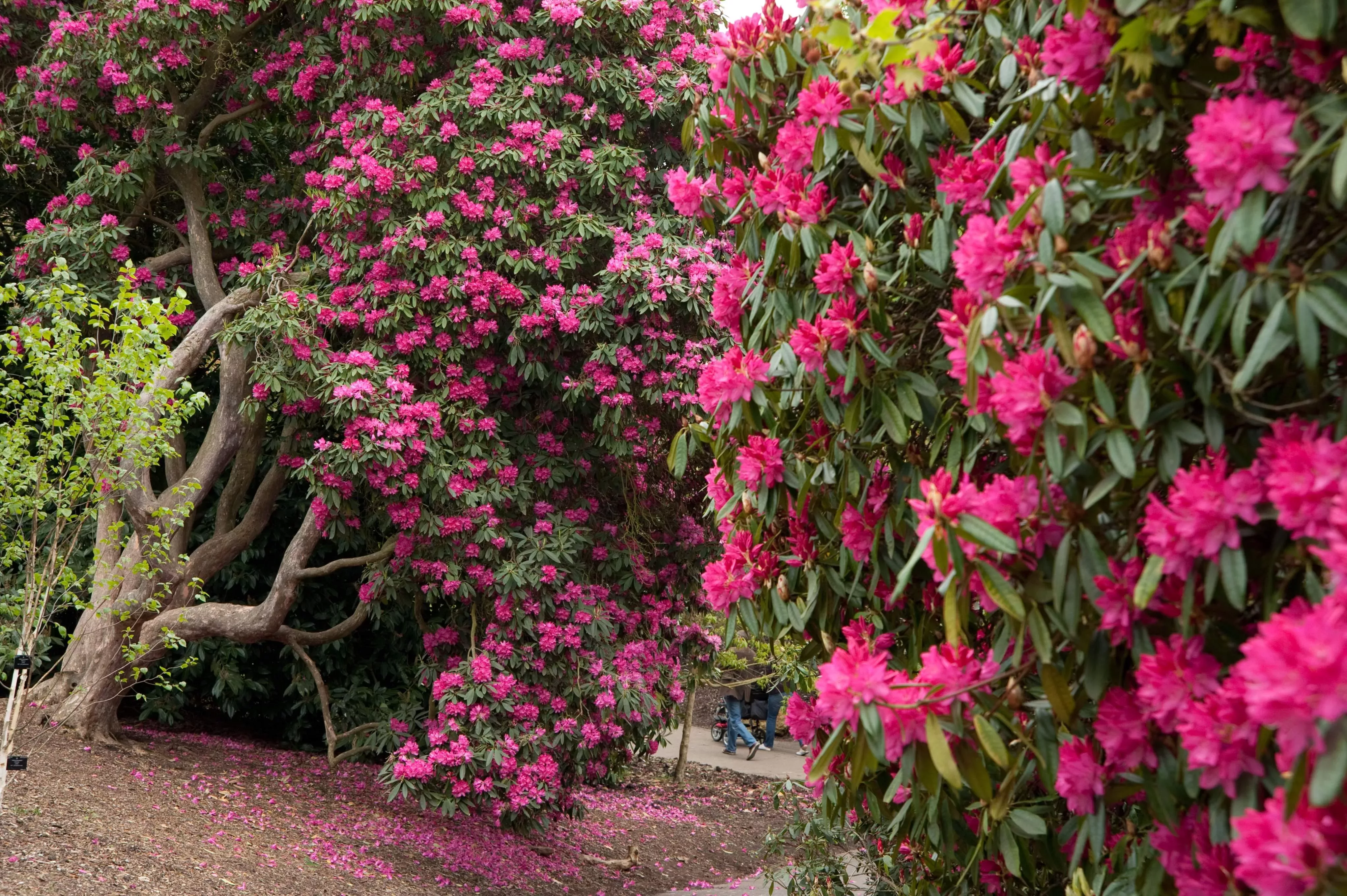
Woodland Garden and Temple of Aeolus
Hiding in plain sight between the Palm House and the Princess of Wales Conservatory is our serene Woodland Garden.
Designed to recreate the habitats of temperate mountains, the garden features gently sloping paths leading through soft forest shade.
Low growing shrubs like hellebores and bellflowers carpet the woodland floor in springtime. The garden is shaded by a canopy of oaks, limes and birches, and lower down maple trees and rhododendrons thrive.
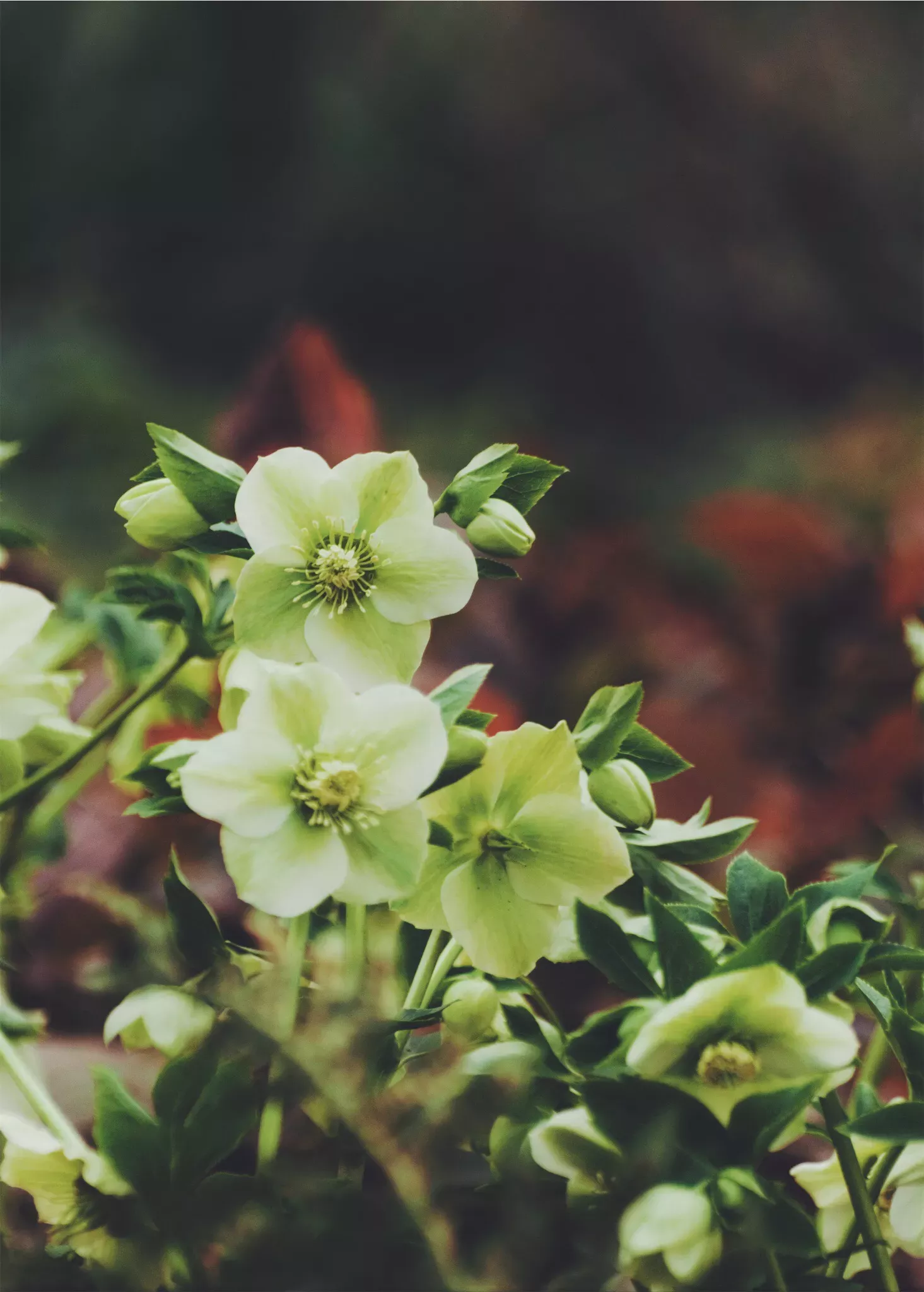
This garden is also home to the Grade II-listed Temple of Aeolus.
Designed by Sir William Chambers, it was first built in the 1760s to Aeolus, the ruler of the winds in Greek mythology.
Rebuilt in stone in 1845 by Decimus Burton, the current version is a peaceful spot to take in views across the Agius Evolution Garden and Kitchen Garden beyond.
